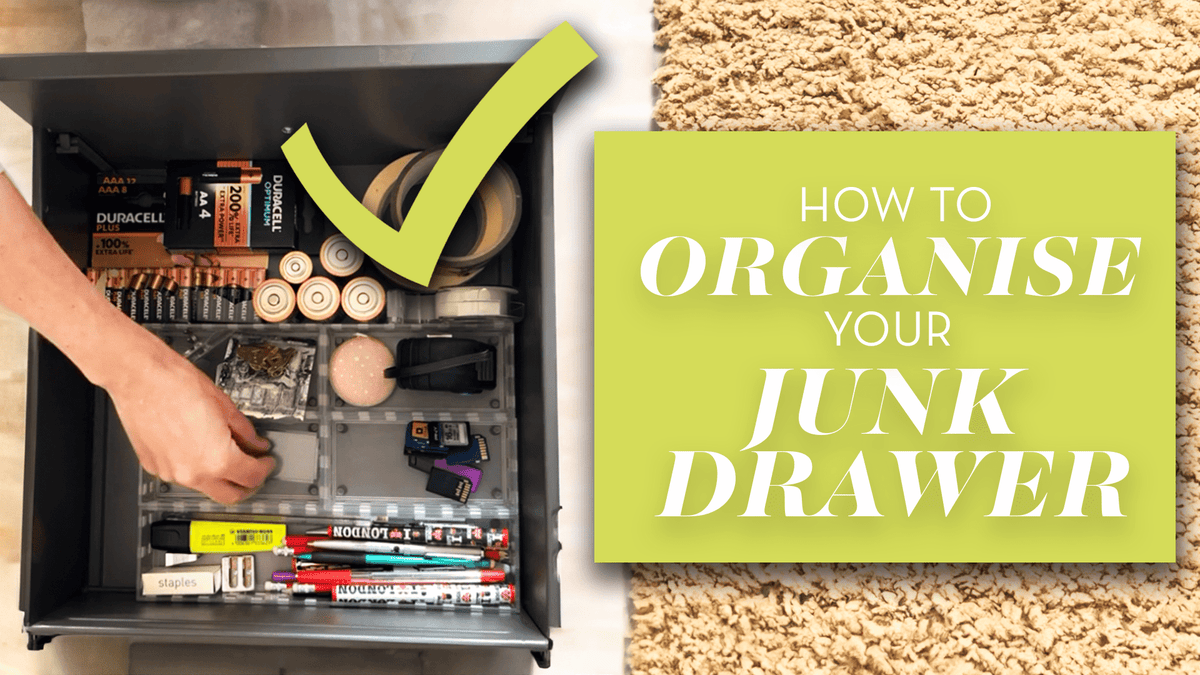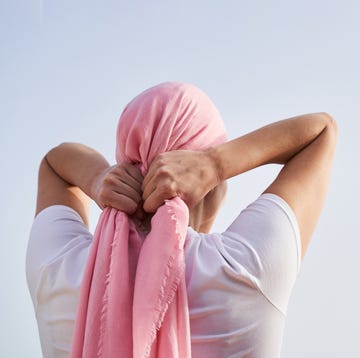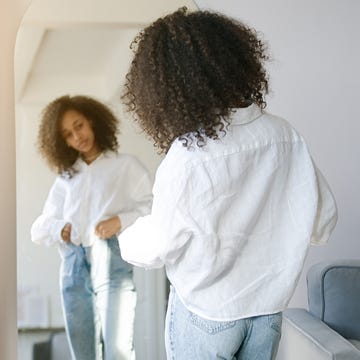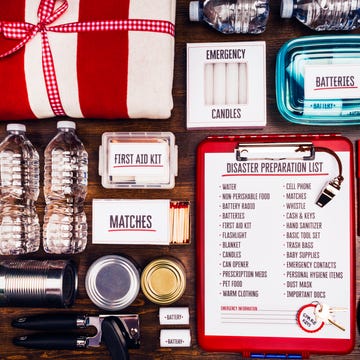‘There’s still so much taboo around it,’ says pelvic health physiotherapist Faye Cunningham, ‘I have patients who feel quite a lot of shame and even worry about leaving the house. Because we don’t talk about it enough, or openly enough, they feel it’s only happening to them.’
Yet urinary incontinence is common among women. In fact, around a third of us will experience it at some stage in our lives. So, together with her colleague Lizzie Evans and therapeutic hormonal coach Ruth Astbury, Faye is on a mission to bring both the experience, and the solutions, out into the open. Their new podcast, Oops! I Peed My Pants, has just launched and its first season will cover all aspects of continence.
So, what do we need to know?
Stress incontinence
Ever bounced on a trampoline, laughed too hard or sneezed suddenly and felt the consequences? ‘When leaks come as a consequence of pressure on the bladder, that’s called stress incontinence,’ explains Faye. Twenty five per cent of all women experience this at one time or another, making it the most common type of urinary incontinence.
Yet many only hear about it in pregnancy. Take an antenatal class, and you’ll be nagged no end about pelvic floor exercises. That’s because urinary continence is mostly controlled by the tissues around the urethra including the pelvic floor muscles. But, says Faye, even our basic understanding of that group of muscles is often, well, flawed.
For a start: ‘It’s much bigger than people think,’ she says. ‘Picture it like a hammock or a trampoline, from your pubic bone to your tailbone but also taking in your sitting bones. If you cup your two hands together into a soup bowl, it’s that size and shape. Your bladder, bowel and uterus are sitting on it, and other weighty organs on top of those. So your pelvic floor has to be really strong.’
It’s true that a growing baby will put pressure on and is likely to weaken your pelvic floor, she says. In fact, 40 to 50% of women experience bladder control problems during pregnancy. But pregnancy or no pregnancy, the natural aging process also does your pelvic floor no favours. ‘I’m 41,’ says Faye, ‘I can see the loss in muscle mass from my face when I look in the mirror, but a lot of us don’t think about the fact that the same process is happening to the muscles we can’t see, too.’ That includes your pelvic floor.
From around our mid-30s onwards, we lose 1% of muscle mass a year and that process accelerates again in the first six years post-menopause, when we lose the biggest proportion of bone density and muscle mass, she explains.
While it’s hard to counter the effects that aging has on your connective tissues, says Faye, the good news is that you can strengthen and bulk up your pelvic floor.
What to do about stress incontinence
Your first port of call should be to your GP, who can refer you to a pelvic health physio. Meanwhile, there are simple lifestyle changes to make. For a start, get active. ‘When I walk or even get out of a chair, my pelvic floor is activated. Simply getting more active solves the whole problem for some of our patients,’ she explains.
You really should practice your pelvic floor exercises, too, but it’s likely you’re doing them wrong. Most people hold their breath while doing theirs, says Faye, but that stops them from working so well. Then there’s the action itself. The most effective method is to imagine you’re trying to stop yourself not only from passing urine but also wind. Otherwise, you’re only activating the smaller, frontal area of the pelvic floor. Squeeze for up to ten seconds, relax, then repeat 10 times.
If you struggle to get your technique right or to keep up your exercises, it's also work checking out these tried and tested best pelvic floor trainers, which can enhance your kegels.
Urge incontinence
Ever feel a sudden, intense need to wee, one so urgent you can’t delay? This is called urge, or urgency incontinence.
‘Patients report driving home in a panic, trying to get their key in the door and dashing to loo,’ says Faye. ‘Some call their husbands while driving, asking him to open the door in advance so they can run straight to the bathroom.’
This sort of urinary incontinence raises its head during menopause, she explains, because of the drop in your oestrogen levels: ‘You have oestrogen receptors in your bladder and, as your hormone levels change, the bladder can become irritated.’
What to do about urge incontinence
HRT may be the answer. Lifestyle measures can help, too, suggests Faye: ‘When people get leaks, their first instinct is not to drink, but that can make it worse. Concentrated urine will irritate your bladder. Constipation can also make you leak more. Drinking lots of water will keep urine nice and dilute and also combat constipation at the same time.’
By contrast, ‘Caffeine can irritate the bladder,’ says Faye. ‘But you have to be realistic. If I told all my patients never to drink coffee, I’m not sure they’d ever come back to me!’
The irony is that worrying about it can make your symptoms worse, she explains. So get together with friends and talk about. Just perhaps not over a coffee.

















